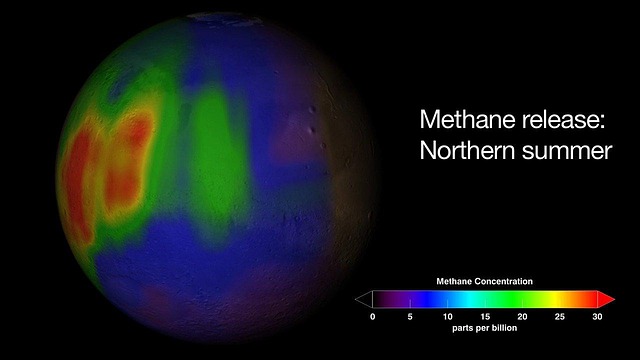Peace Climate Action Global Declaration for Environmental Harmony
 Read MorePeace Climate Action Global Declaration for Environmental Harmony
Read MorePeace Climate Action Global Declaration for Environmental Harmony Read MorePeace Climate Action Global Declaration for Environmental Harmony
Read MorePeace Climate Action Global Declaration for Environmental Harmony Read MoreClimate Protection Agreements Lead the Green Revolution
Read MoreClimate Protection Agreements Lead the Green Revolution Read MoreReducing Methane Emission with Climate Action
Read MoreReducing Methane Emission with Climate Action Read MoreEnergy Crisis Climate Change Environmental Impact and Path Forward
Read MoreEnergy Crisis Climate Change Environmental Impact and Path Forward Read MoreLack of Communication Fuels Deforestation and Climate Crisis
Read MoreLack of Communication Fuels Deforestation and Climate Crisis Read MoreInsulation Saves Energy Protects Environment
Read MoreInsulation Saves Energy Protects Environment Read MoreClimate Deescalation Workshop
Read MoreClimate Deescalation Workshop